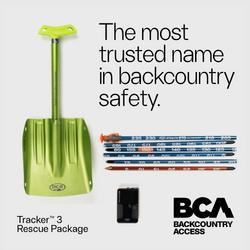Observation Date
1/29/2013
Observer Name
Greg Gagne
Region
Salt Lake
Location Name or Route
Silver Fork - Greens Basin
Comments
New snow is light density and not acting as a cohesive slab. Where there hasn't been wind loading, I still don't think there is enough new snow to overload buried weak layers, but we seem to be getting close to that point. In areas where there has been significant wind loading, we may have passed that point.
Highlights today:
- Several natural sluffs
- Easy shears (STE) failing on graupel layer down 35 cms at the interface of Jan 28 snow.
- Unable to isolate a column on E/NE 28 degree aspect at 8800'. Q1/SP failing on early January facets down 55 cms.
- Several collapses
- Fresh, sensitive wind deposits in leeward terrain
Sounds like a broken record, but current conditions warrant terrain management as the key to safely travel in avalanche terrain.



